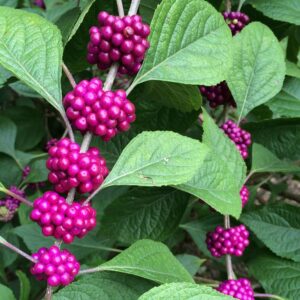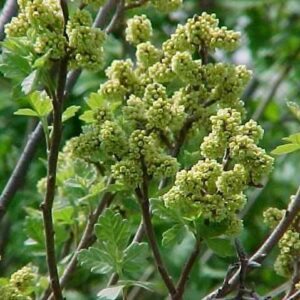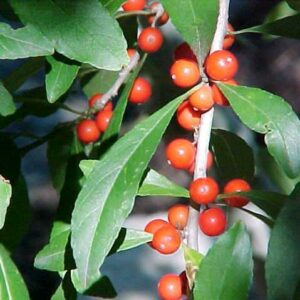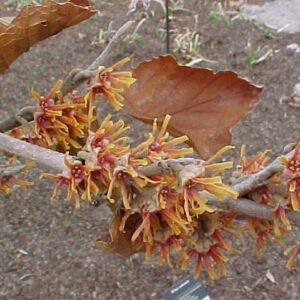Description
Type: Deciduous shrub
Family: Rosaceae
Height:5-8 feet
Spread: 4-6 feet
Native Range: Central and eastern North America, native to south and eastern Missouri
Site Requirements:
Soil: average to slightly acidic
Water: dry to medium
Sunlight needs: full sun in the North but grows best with some shade in St. Louis region
Tolerates: drought, erosion, all tough soil types
Landscape use: hedge, erosion prevention
Brief Description: An upright, spreading, somewhat coarse, deciduous, Missouri-native shrub which is closely related to genus Spiraea. Noted for its exfoliating bark (on mature branches) which peels in strips to reveal several layers of reddish to light brown inner bark (hence the common name of ninebark). Genus name comes from the Greek physa meaning a bladder and karpos meaning fruit, referring to the inflated dry fruits of the plant. Specific epithet refers to the leaves that resemble those of Viburnum opulus.
Possible Problems: No serious insect or disease problems.
Stand out Features: Bark provides winter interest, but is usually hidden by the foliage during the growing season.
Read more here.
Additional information
| Common Name | ninebark |
|---|---|
| Scientific Name | Physocarpus opulifolinus |
| Native Range | Central and eastern North America |
| Zone | 2 to 8 |
| Height | 5.00 to 8.00 feet |
| Spread | 4.00 to 6.00 feet |
| Bloom Time | May to June |
| Bloom Description | White or pink |
| Sun | Full sun to part shade |
| Water | Dry to medium |
| Maintenance | Medium |
| Suggested Use | Hedge |
| Flower | Showy |
| Tolerate | Drought, Erosion, Clay Soil, Dry Soil, Shallow-Rocky Soil |





